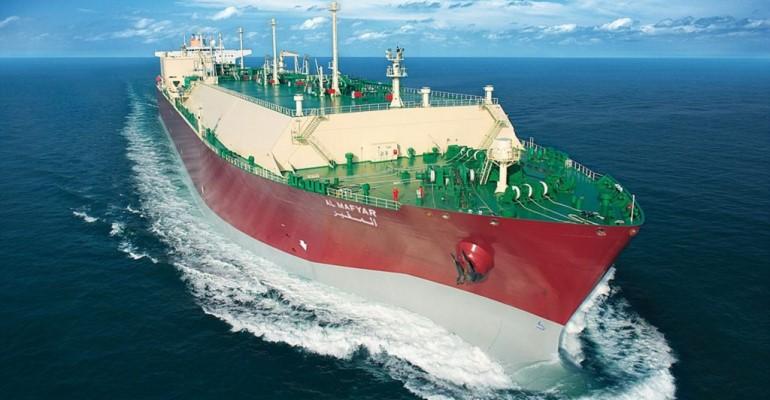According to Clarkson Research, the vast majority of these ships – 268 units – will be required for new liquefaction capacity currently under construction.
There are 309 large LNG tankers on order but more newbuild contracts are expected for two US projects – Plaqumines Ph 2 (10 mtpa) and Port Arthur (13 mtpa), Clarkson said. Both developments have been given the thumbs-up with final investment decisions this year.
Nineteen new carriers had been ordered by mid-April, and although this year’s total is unlikely to match last year’s 184-ship record, contracts for more than 100 additional ships could be placed this year, the analysts said. More than 40% of LNG carriers on order incorporate green technologies such as exhaust gas economisers and air lubrication systems.
Although many vessels will be required for the new projects, including Qatar’s giant North Field Expansion for which 66 ships were already ordered last year, there will also be significant replacement demand.
There are about 241 steam-turbine ships in the fleet of which 45 units, 17%, are already more than 25 years old. However, it is not only the older steamers that face an uncertain future.
According to recent analysis by Lloyd’s Register, most steam turbine ships are likely to fall into categories D and E under the IMO’s carbon intensity index (CII) because they lack boil-off management systems. The carriers will therefore fare badly in initial CII ratings even before methane emissions are included in CII analysis from the beginning of 2026.
Meanwhile a one-knot reduction in speed to cut emissions across the fleet would generate demand for between 30-40 new ships, Clarkson estimates. But shipyard capacity could prove a constraint. Separate analysis has revealed that the six specialist LNG building yards are practically full until 2027.
The expertise and cost of developing and commissioning new building facilities or adapting existing ones presents a major challenge, experts say, particularly at a time when demand for less sophisticated ships is pressing. And new ship prices across the board are firm.
Clarkson believes that the current momentum on new LNG carrier construction will continue. “The LNG sector is still very much in a major phase of expansion,” it concluded.
Copyright © 2024. All rights reserved. Seatrade, a trading name of Informa Markets (UK) Limited.
Add Seatrade Maritime News to your Google News feed.  |

